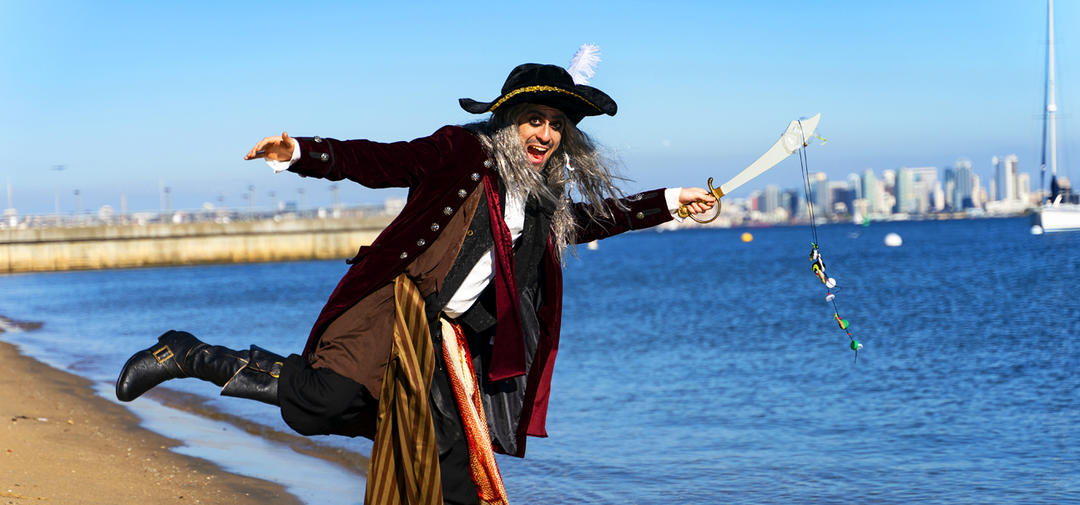We know you love your bay, you own it, you want to take care of it, it’s your number one priority; you are ready to change your relationship status to make it official. Okay, maybe that’s a bit much, but we all love San Diego Bay and want to be sure it stays the pristine natural resource it is for generations to come. When you visit, we want you to say to yourself, #ThatsMyBay! And sometimes, it just takes a simple reminder not to take your bay for granted. So the Port of San Diego is here with helpful tips and suggestions on how we can all do our part to keep our bay looking classy, not trashy!
Keep the Seas Plastic Free!
Everyone loves to find treasure, there’s no denying it. We all dream of walking along the beach and finding some nugget of value, something worth keeping, but plastic waste is not it! Pollution Pirate Pete is confused by these shiny trinkets and takes his “valuables” to get appraised only to find that his immortal plastic bounty is a bust. Plastic marine debris stays around forever and it’s harmful for fishies, sea turtles, and plant life. We need all hands on deck, maties! Ye all need to spread the word, “Ahoy there, #ThatsMyBay, and I’m going to keep marine debris out of the sea!”
Pollution Pirate Pete loves collecting antique treasures - he demonstrates how long it takes for small pieces of debris to breakdown by sharing his treasure chest of plastic that's been polluting the bay for hundreds of years.
Plastic Facts
Small pieces of trash are often left behind after a day at the park or a special event – candy wrappers, lids to water bottles, things people think no one will notice.
But they add up – and the only place they go is San Diego Bay – where they can do harm to sea turtles, sea horses and other wildlife.
With exposure to UV rays and the ocean environment, plastic breaks down into smaller and smaller pieces – but it doesn't dissolve.
The majority of the plastic pieces found in the ocean are less than 1 cm. in size, with the mass of 1/10 of a paper clip, creating a sea of plastic soup.
How long does it take for specific types of trash to breakdown?
- Plastic Bags: 20 years
- Plastic Bottles: 400 years
- Fishing Line: 600 years
- Foam buoys: 50- 80 years
- Glass Bottles: Undetermined
- Cigarette Butts: 1-5 years
- Aluminum Cans: 200 years
- Disposable Diapers: 450 years
- Styrofoam Cups: 50 years
- Apple Cores: 2 months

